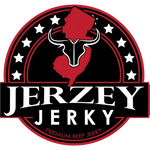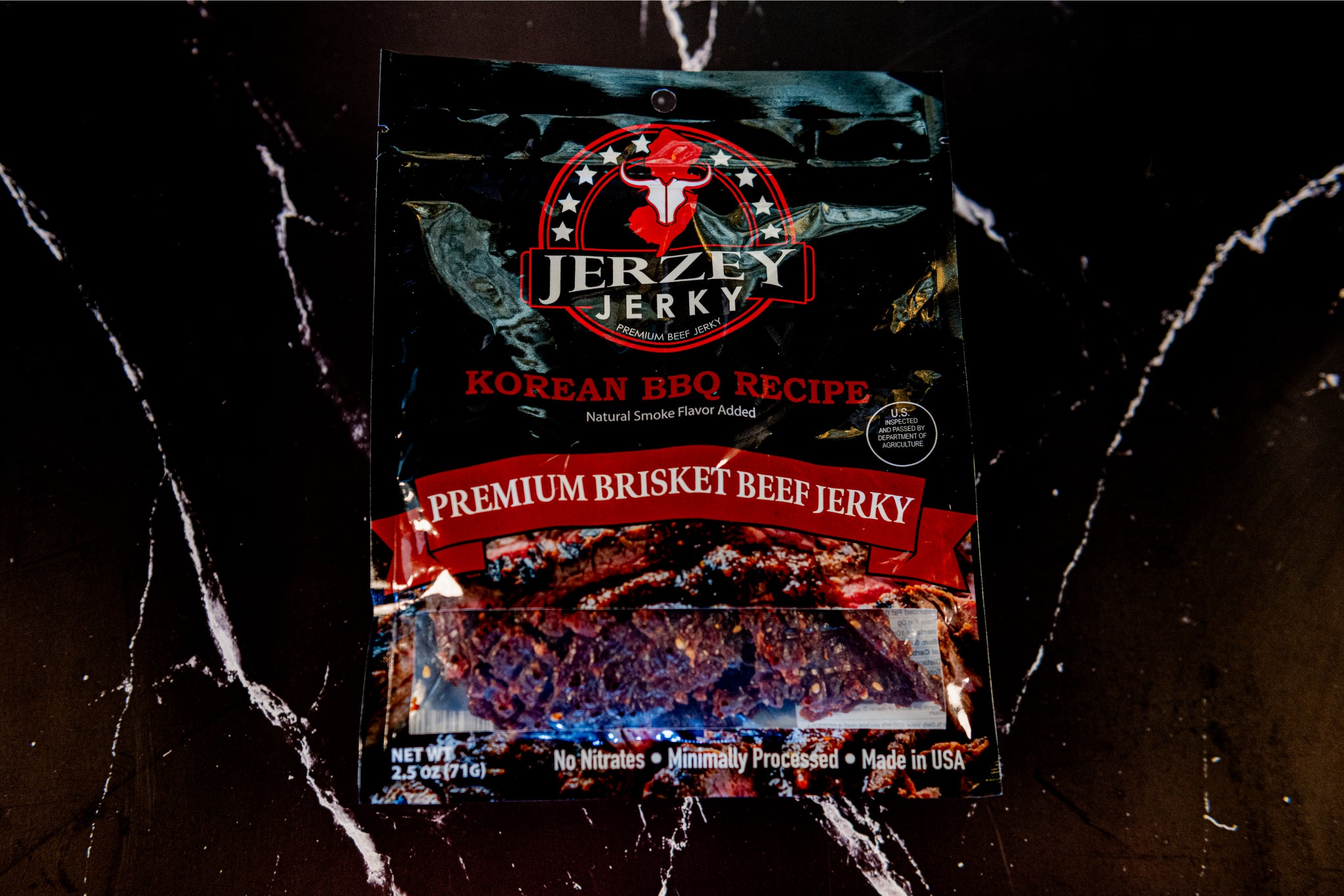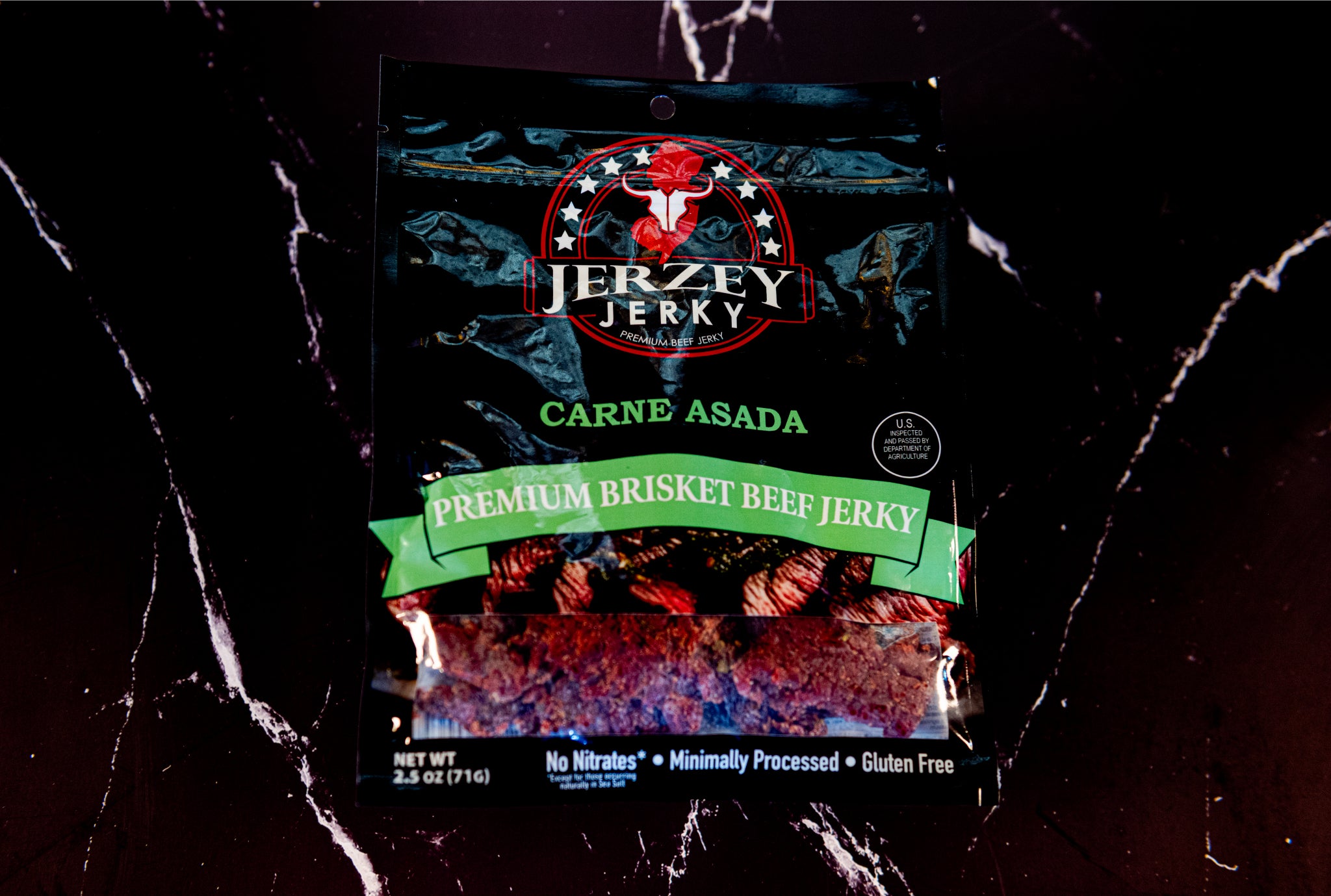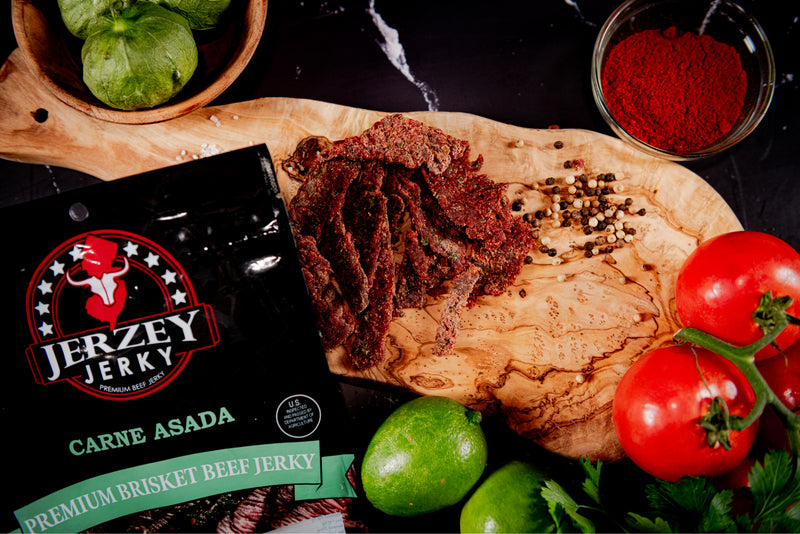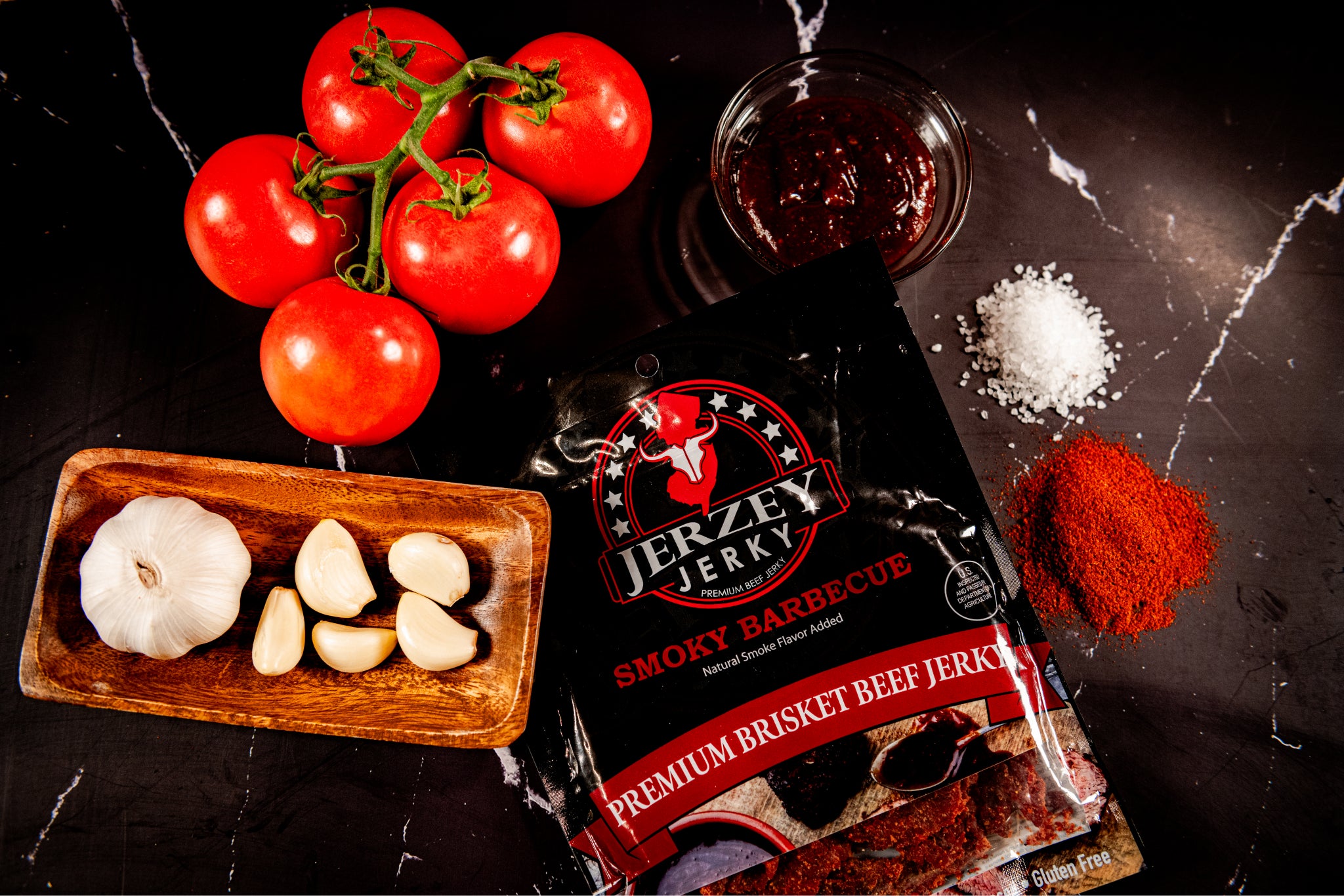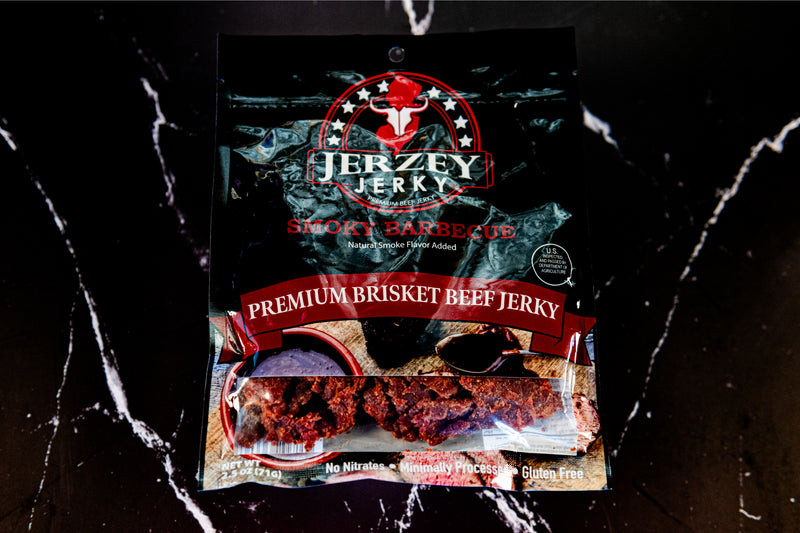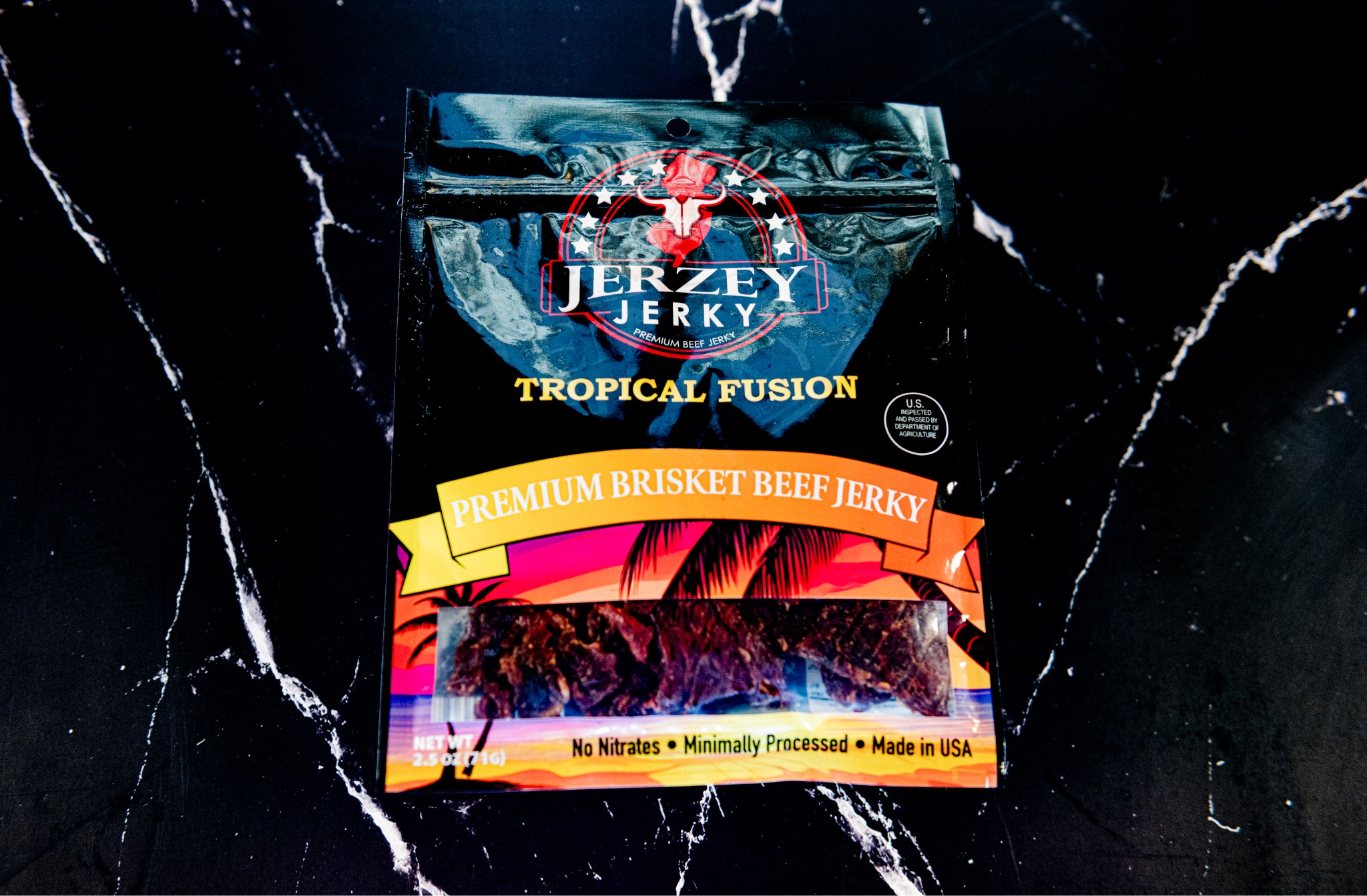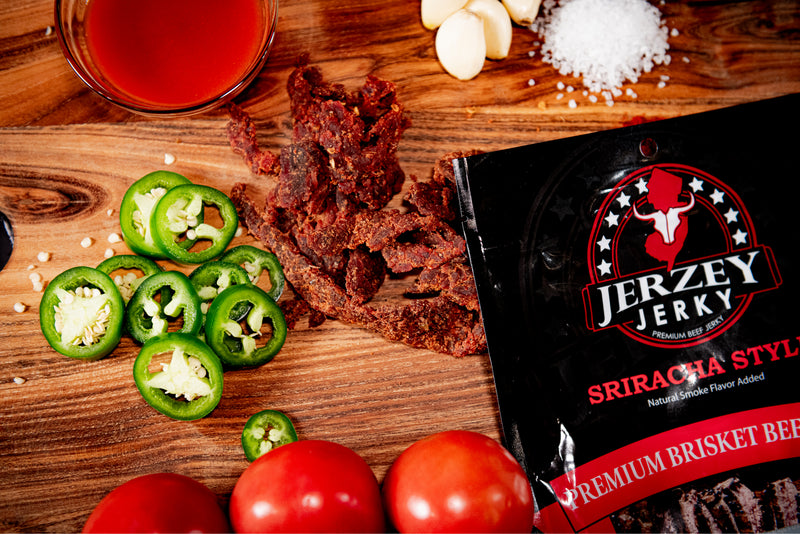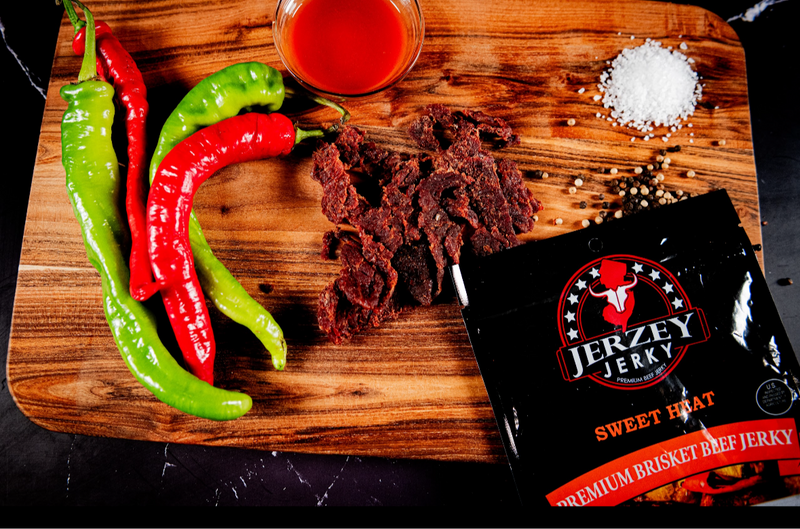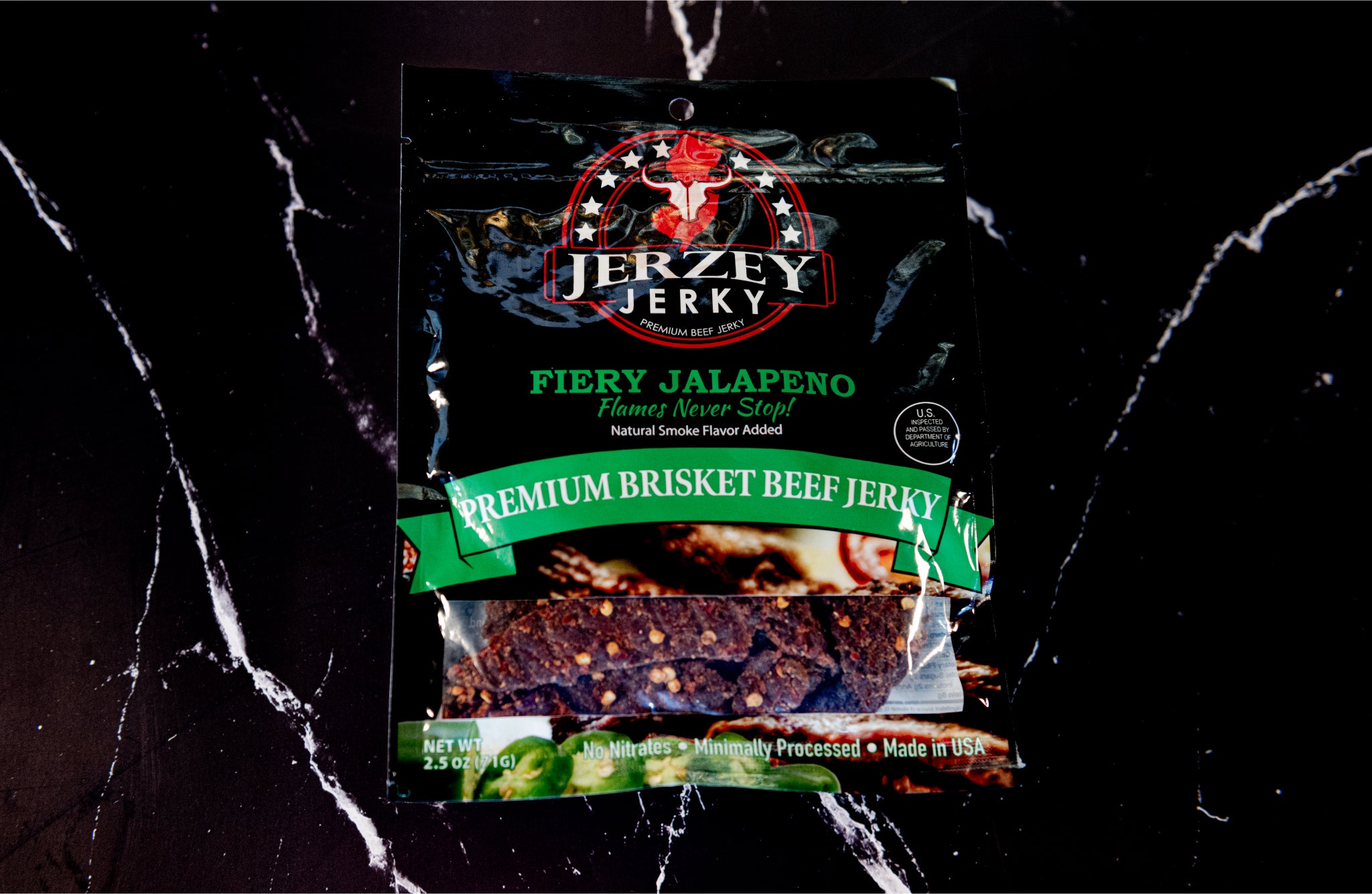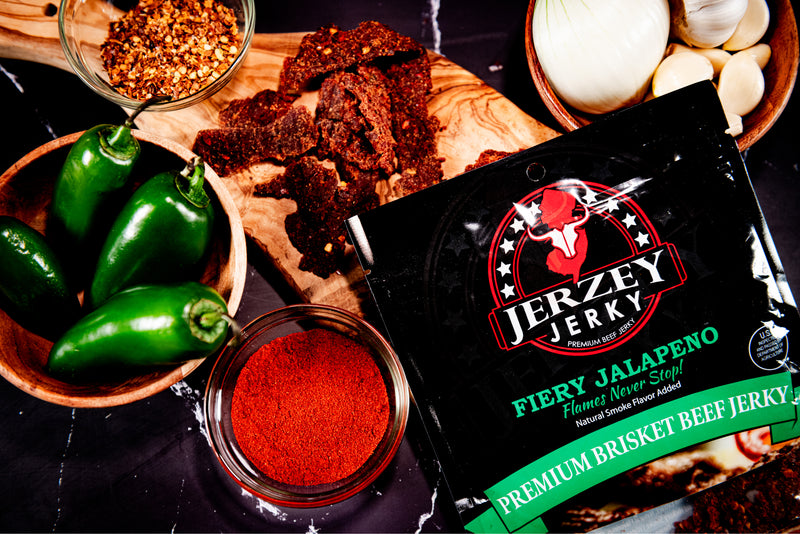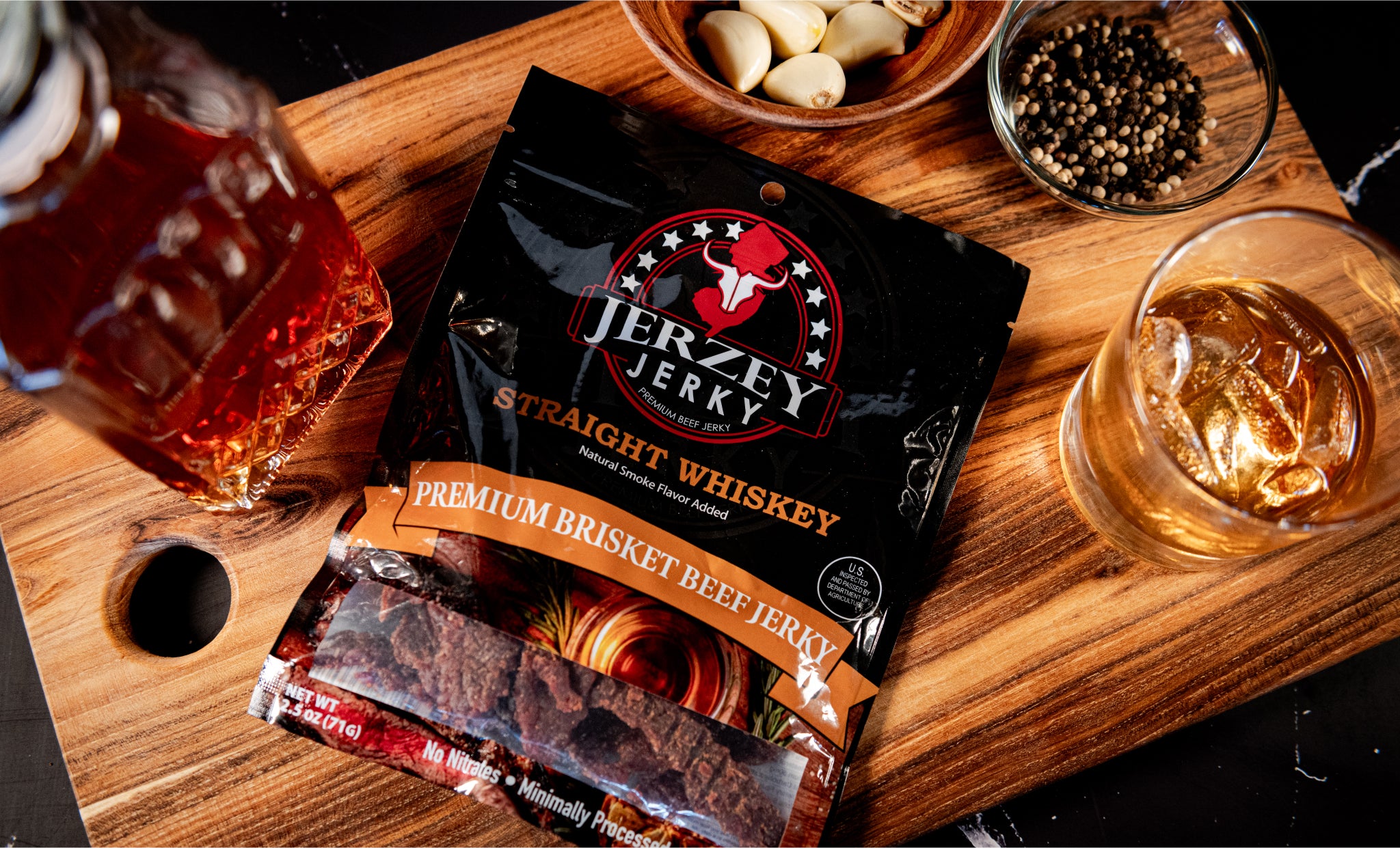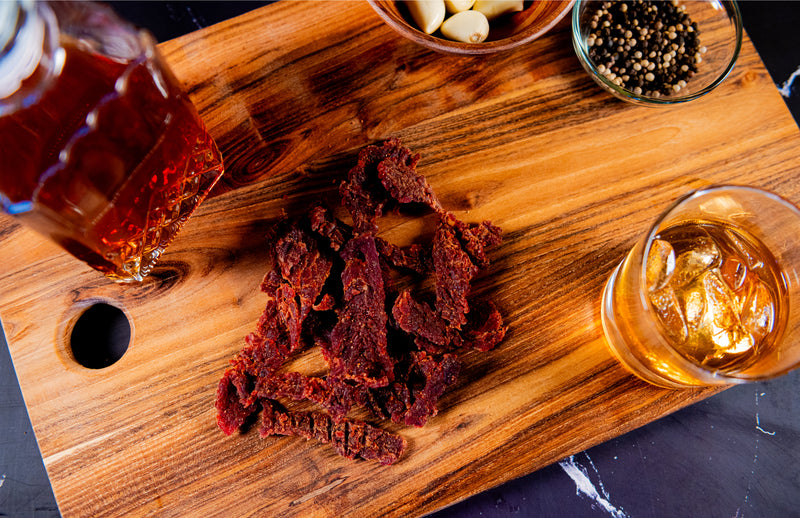
Grass-Fed Beef: Characteristics, Identification, and Nutritional Value
Grass-fed beef is produced from cattle entirely reared on grass and forage. They are not given grains at any point in life. The USDA-Clemson University study (2009) discovered that grass-fed beef has 193 percent more omega-3 fatty acids and 54 percent less total fat content compared to grain-fed beef.
Grass-fed and grass-finished cattle do not take grain, but grain-fed cattle take grain in the last months to gain weight quickly. 100 grams of grass-fed beef has 2,773 mg of saturated fat compared to 2,873 mg in grain-fed meat. This disparity enhances cardiac health.
Grass-fed beef contains 5 times more omega-3s and as much as 3 times more CLA (conjugated linoleic acid). These fats aid immunity and fat metabolism.
Grass-fed beef contains 3 times as much vitamin E and 7 times as much beta-carotene. As stated in Nutrition Journal (Vol. 9), antioxidants such as glutathione and superoxide dismutase are also found in increased levels.
What are the Characteristics of Grass-Fed Beef?
Here are five key traits of grass-fed beef:
- Flavor Profile: Grass-fed beef has a deep, earthy flavor with a faint gamey flavor. The taste is the natural forage of the cattle. This meat is more flavorful than grain-fed beef which has a less flavorful, buttery taste due to the added grain.
- Texture Quality: Grass-fed beef is firmer as it has less marbling. Lean muscle fibers make it tighter and chewier. Higher fat makes grain-fed meat softer. Preparation of beef depends on cooking techniques to get the tenderness of the meat.
- Color & Appearance: Grass-fed beef is darker red. It has less fat that is visible between the muscle layers. This color is influenced by the Lean framework and natural diet. Conversely, grain-fed meat tends to be more white fat and light red.
- Fat Content: This beef has reduced intramuscular fat. The fat turns yellow with beta-carotene in green pasture. The reduced marbling renders the meat lean. This is contrary to the white fat in corn-fed and grain-fed beef.
- Juiciness: Grass-fed beef contains less moisture than grain-fed fed. The less fat results in less juiciness. It dries more quickly without thorough preparation. The lean muscle takes a shorter time to cook or includes extra fat sources to maintain the meat juicy and tender.
Shop the best-selling Fiery Jalapeno Beef Jerky - Brisket & Straight Whiskey Beef Jerky - Brisket
What is the Nutritional Value of Grass-Fed Beef?
Here are seven key nutritional features of grass-fed beef:
- Protein Content: Grass-fed beef provides complete protein with all essential amino acids. It promotes cell growth, immune performance and muscle healing. A 100-gram portion is approximately 26 grams of protein, thereby being a good source of daily consumption.
- Healthy Fats: It is rich in conjugated linoleic acid (CLA) and more omega-3 fatty acids than grain-fed beef. These fats are beneficial to metabolic health and they decrease inflammation. CLA is also involved in fat metabolism and immune enhancement without any extra calories.
- Vitamins: Grass-fed beef also provides the B-complex vitamins, such as B12, riboflavin, niacin, and B6. These aid in the formation of red blood cells, brain activities and energy consumption. Animal foods are the only sources of B12; thus, beef is also a significant dietary source.
- Minerals: It provides absorbable zinc and iron. Iron aids in the blood circulation of oxygen and zinc helps in the immune system and healing. An average 100-gram portion provides approximately 2.6 mg of iron and 4.5 mg of zinc.
- Antioxidants: Grass-fed beef has more glutathione, catalase, and superoxide dismutase than grain-fed beef. These antioxidants decrease the destruction of cells by free radicals. They aid in aging, recovery, and disease prevention, particularly in cases where the meat is from cattle that are raised in a diverse and green pasture.
- Calories: It is less caloric than grain-fed beef. It is thinner with less marbling and fat. An average 100-gram portion of grass-fed beef gives approximately 143 calories, whereas grain-fed beef gives about 217 calories in the same amount.
- Cholesterol: There is moderate cholesterol. A 100-gram portion of grass-fed beef has approximately 62 mg of cholesterol, less than certain grain-fed portions. Moderate consumption of a balanced intake helps in hormone production and cell structure without elevating LDL.
How to Identify Grass-Fed Beef?
Here are three simple ways to recognize real grass-fed beef:
- Labeling & Certifications: Find such labels as 100% Grass-Fed or Grass-Finished. Do not make biased statements like pasture-raised or grain-finished and grain-fed. USDA and third-party certifications ensure that animals have consumed only grass and no grain supplements.
- Butcher & Market Knowledge: Local butchers, farmers' markets, and small farms tend to provide the right sourcing information. Reliable sellers describe the method of cattle rearing clearly. Enquire on feeding habits and certifications to ensure that the beef is all grass-fed and not some grain-fed.
- Visual Clues: Grass-fed beef appears less fatty, the deep red meat with yellowish fat. Green forage contains beta-carotene, which gives a yellow tint. There is less marbling than grain-fed beef which tends to have white fat and light meat color.
How to Cook Grass-Fed Beef?
Here are four simple and effective ways to prepare grass-fed beef:
- Preparation Tips: Allow the meat to be at room temperature before cooking. This assists it in cooking evenly and can help avoid sudden tightening of muscle fibers. Do not cook directly out of the fridge, particularly with a thicker cut such as steaks or roasts.
- Cooking Temperature: Use a lower heat than usual. Grass-fed beef contains less fat, and thus it becomes tough in the presence of high temperatures. Light heat keeps the meat soft and does not overcook the lean muscle fibers during grilling, searing or roasting.
- Best Methods: Select such techniques as pan searing, slow cooking, stewing, or sous vide. These assist in the retention of moisture and flavor. Dry heat techniques are necessary and slow/wet techniques are better on tougher and leaner cuts.
- Resting Time: Give beef time to rest after cooking, at least 5-10 minutes for grass-fed beef. This repackages the juices within the meat, which makes it tender. Failure to do this leads to drying up when slicing into leaner portions.
What are Common Mistakes to Avoid with Grass-Fed Beef?
Here are four common mistakes to avoid when cooking grass-fed beef:
- Overcooking: Due to the lower fat content, grass-fed beef dries out quickly. Overheating the oven makes it hard. Reduce the cooking time and temperature to maintain the meat tender and juicy.
- Omitting Marinades or Tenderizing.: Lean cuts are marinated or tenderized with a mechanical process. This puts moisture and enhances flavor. Such basic components as lemon juice, yogurt or vinegar are used to break down the muscle fibers and add texture without covering the natural taste.
- Using High Heat Exclusively: Do not use high heat over a long period of time. It leads to the shrinkage of lean muscle and dehydration. Sear with high heat and then finish with low heat to avoid tenderness loss in steaks and roasts.
- Ignoring Resting Time: Allowing cooked meat to rest for 5 to 10 minutes aids in the redistribution of juices. Early cutting evaporates moisture and dries the beef. It is always important to rest grass-fed cuts before cutting, particularly lean steaks or grilled portions.
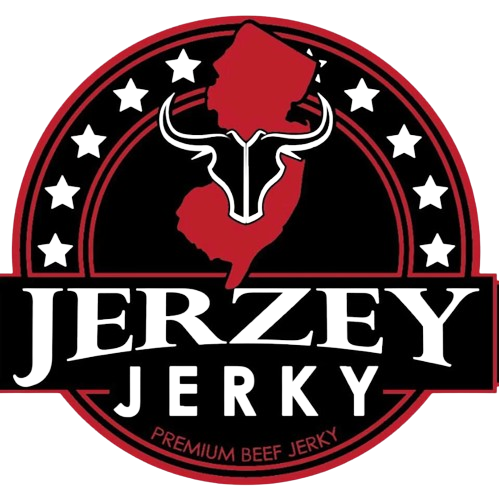
 2025-09-11
2025-09-11
 Wayne Holland
Wayne Holland

